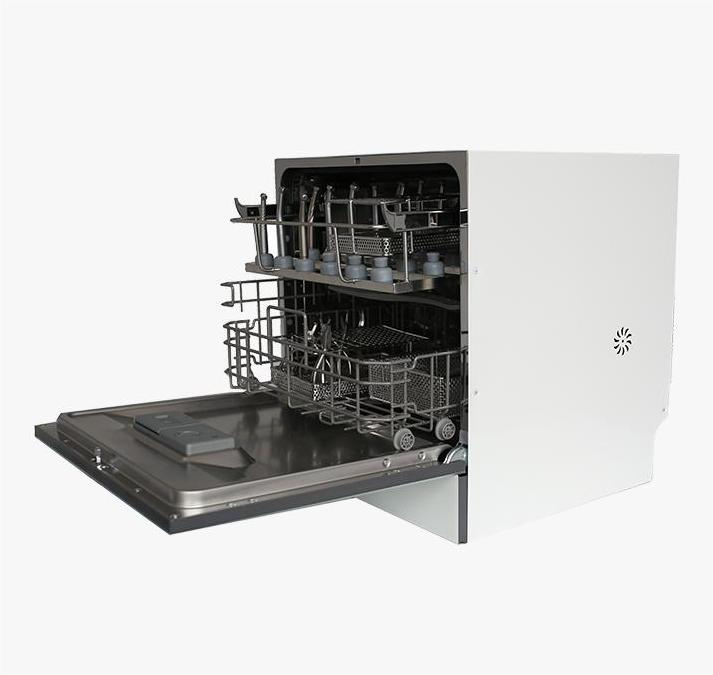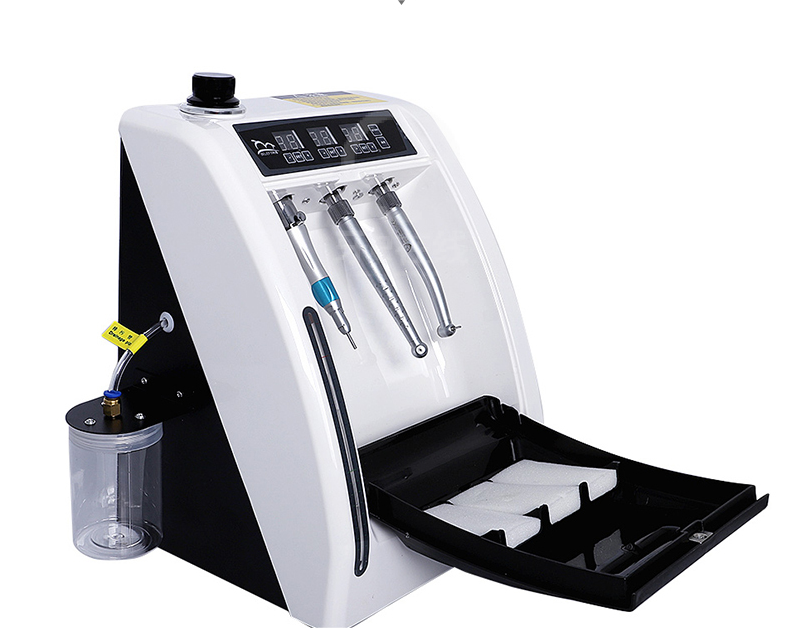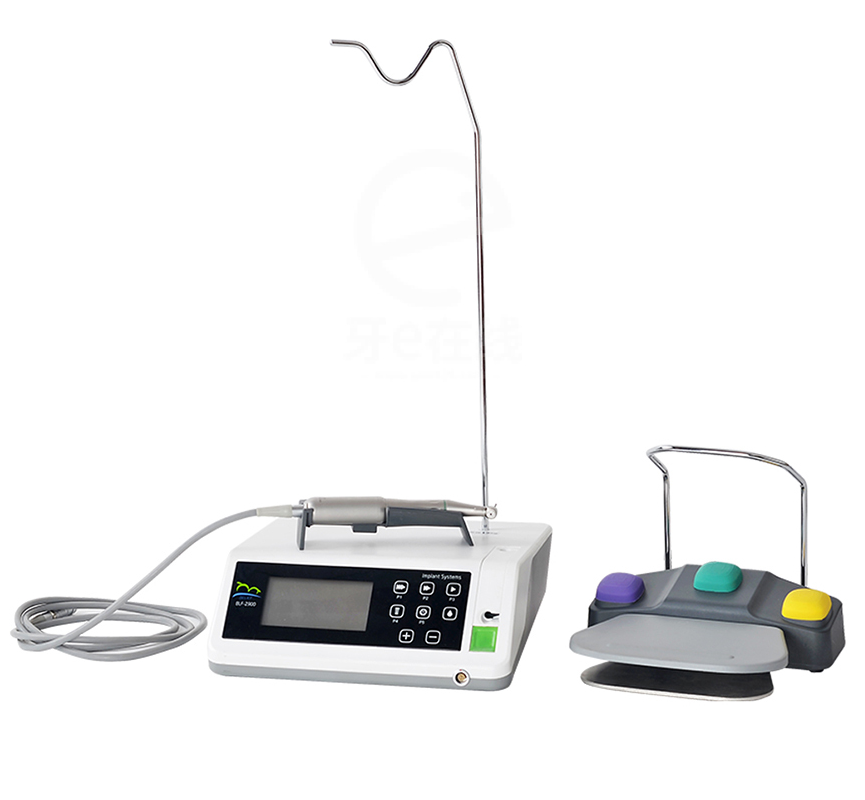dental clinic instrument name
The Dental Intraoral Scanner represents a cutting-edge digital imaging solution designed specifically for modern dental practices. This advanced instrument utilizes state-of-the-art optical technology to create precise 3D digital impressions of patients' oral cavities, eliminating the need for traditional physical impressions. The scanner employs high-resolution cameras and sophisticated software to capture detailed images of teeth, gums, and oral structures with exceptional accuracy. Operating on advanced scanning algorithms, it processes thousands of images per second to generate comprehensive 3D models that can be immediately viewed, analyzed, and shared. The device features ergonomic design elements, including a lightweight handpiece and intuitive controls, making it comfortable for both practitioners and patients. Its precision imaging capabilities extend to various dental procedures, including crown and bridge work, implant planning, orthodontic treatments, and general dental diagnostics. The scanner's real-time visualization allows dentists to immediately assess the quality of scans and make necessary adjustments, while its integration capabilities enable seamless workflow with various dental CAD/CAM systems and laboratory services.


